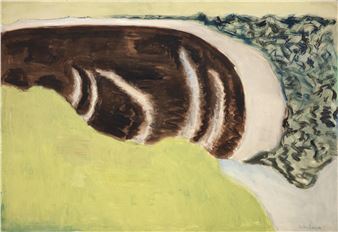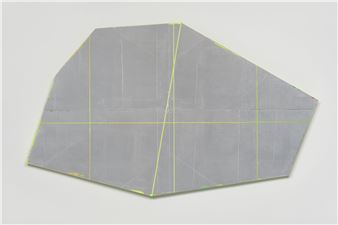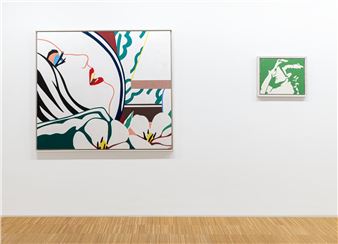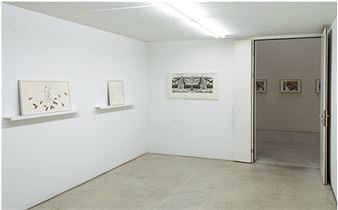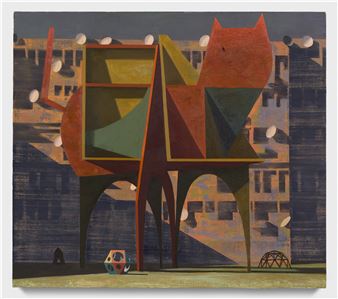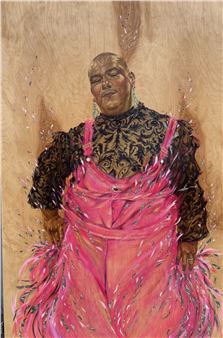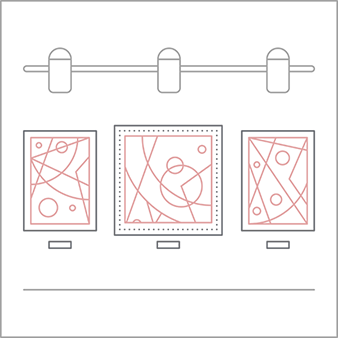Ethan Cook: Propositions
Anat Ebgi is pleased to announce Propositions, the second solo exhibition of New York-based artist Ethan Cook with the gallery.
Working with a four-harness floor loom, Cook creates woven compositions of cotton squares and rectangles. These colorfields of varying hues follow the reasoning behind propositional logic, conditional reasoning which interprets the combination or alteration of one statement, in order to further understand their innate connections to construct more complex relationships.
The simplest statements are understood as the given, ãknownã parts. Similarly, Cook approaches the essential atomic elements of painting ã canvas, frame, color and texture ã as the individual properties of the equation. The resulting compositions become the proof, each canvas sequently growing outward, following its own inherent analytical structure, yet still heavily indexed by the artistãs hand.
Each cross of cotton is understood as a deictic fact. In conversation with the mimetic qualities of appropriation, Cook imparts deliberate, subtle gestures in what otherwise appears as an aesthetic and emotional sublimation of form. Regarding the loom as analogous to the canvas printer, the work is dictated as much by the parameters of the apparatus, as calculated against its limitations. The composition of each piece is arranged according to the remaining or leftover canvas from the previous work, which in turn determines the stretchers. Each canvas drifts into the next, an exercise of restraint akin to mathematical painting. In this way, Cookãs paintings develop organically, producing entirely affected landscapes, realized cumulatively through the whole, complete installation.
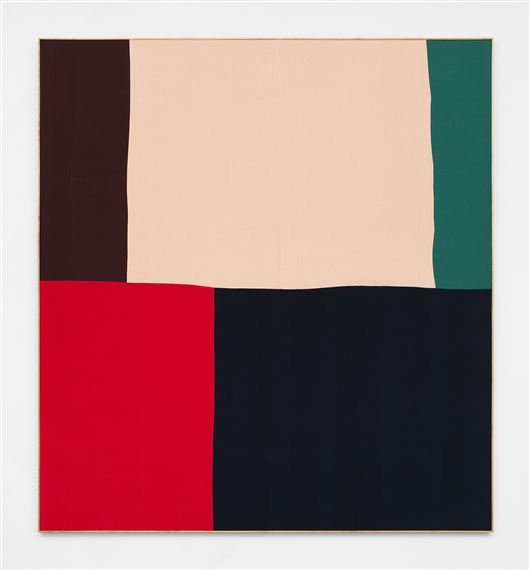
Recommended for you
Anat Ebgi is pleased to announce Propositions, the second solo exhibition of New York-based artist Ethan Cook with the gallery.
Working with a four-harness floor loom, Cook creates woven compositions of cotton squares and rectangles. These colorfields of varying hues follow the reasoning behind propositional logic, conditional reasoning which interprets the combination or alteration of one statement, in order to further understand their innate connections to construct more complex relationships.
The simplest statements are understood as the given, ãknownã parts. Similarly, Cook approaches the essential atomic elements of painting ã canvas, frame, color and texture ã as the individual properties of the equation. The resulting compositions become the proof, each canvas sequently growing outward, following its own inherent analytical structure, yet still heavily indexed by the artistãs hand.
Each cross of cotton is understood as a deictic fact. In conversation with the mimetic qualities of appropriation, Cook imparts deliberate, subtle gestures in what otherwise appears as an aesthetic and emotional sublimation of form. Regarding the loom as analogous to the canvas printer, the work is dictated as much by the parameters of the apparatus, as calculated against its limitations. The composition of each piece is arranged according to the remaining or leftover canvas from the previous work, which in turn determines the stretchers. Each canvas drifts into the next, an exercise of restraint akin to mathematical painting. In this way, Cookãs paintings develop organically, producing entirely affected landscapes, realized cumulatively through the whole, complete installation.

 ARTISTS
ARTISTS








